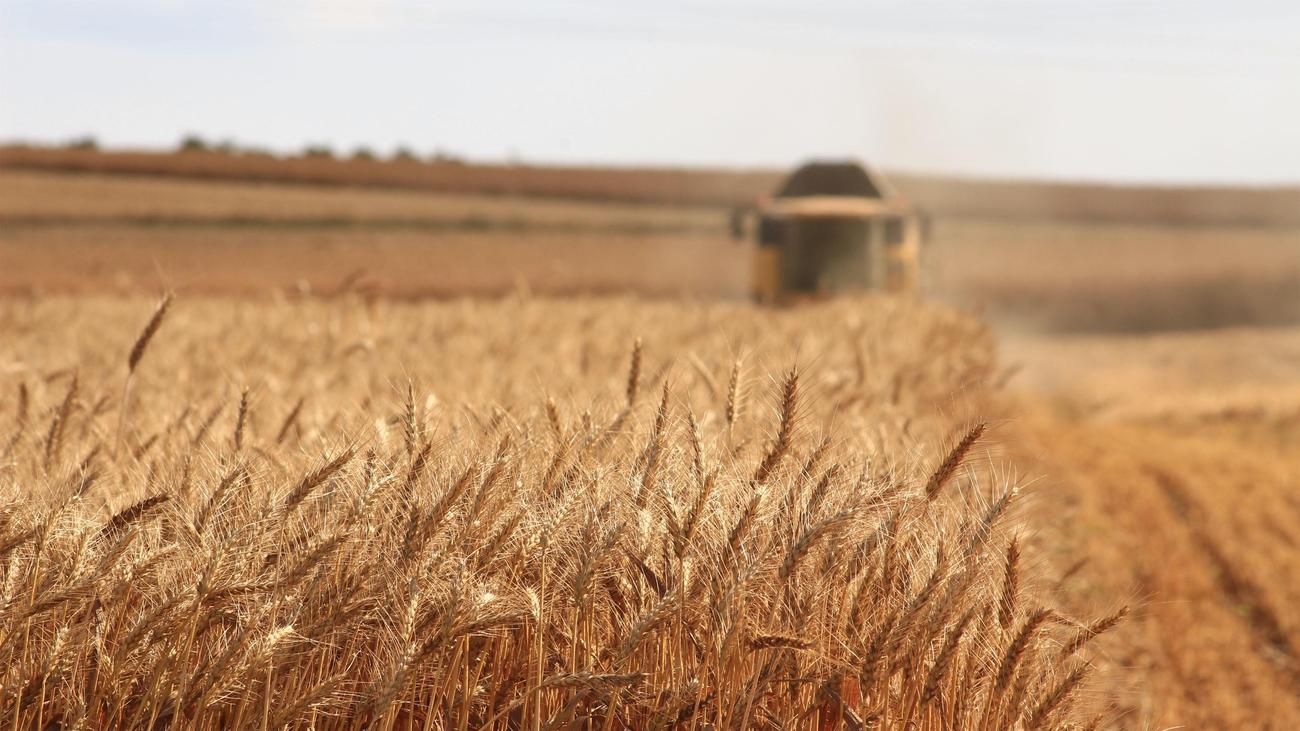Welcome to the hidden world of grain elevators, where secrets of the farming industry are waiting to be unveiled. In this article, we will take you on a fascinating journey into the intricacies of these towering structures that play a vital role in modern food production and distribution. As a seasoned agricultural journalist with over a decade of experience, I have explored the inner workings, structural design, and historical evolution of grain elevators. Join me as we delve into the mysteries and unlock the secrets that lie within these silent giants of the agricultural landscape.

Unveiling the Secrets of Grain Elevators
Grain elevators. Towering giants that stand against the skyline, silently but steadfastly holding the secrets of agriculture within their massive frames. These often overlooked structures have a fascinating history and play a crucial role in the storage and transportation of grain. Today, we embark on an exploration of the hidden world of grain elevators, uncovering their secrets and shedding light on their significance in modern farming practices.
The Intriguing History of Grain Elevators
To truly understand the secrets of grain elevators, we must first delve into their intriguing history. These towering structures were first invented in 1842 by Joseph Dart, who sought to mechanize the process of unloading grain. Since then, grain elevators have evolved and become integral to the agricultural landscape, transforming the way we handle and distribute grain.
A Glimpse into Abandoned Grain Elevators
While grain elevators may be a common sight in agricultural areas, there is an entire world waiting to be discovered within the abandoned ones. Urban explorers often overlook these structures, but they hold a unique and fascinating history. As you step inside, you’re transported to a time when bustling activity filled these walls. The silence now is eerie, but it creates an atmosphere where the secrets of the past can be felt.
One such grain elevator that serves as a testament to its rural roots is located in the small town of Stavely, Alberta. This grain elevator stands as a silent witness to the history of the community, reminding us of the hard work and dedication of those who came before us.
The Impact of Grain Elevators on Agriculture
Grain elevators may seem like silent structures, but their impact on agriculture is far from mundane. These giants play a crucial role in the storage, transportation, and distribution of grain. They ensure that the food we consume reaches our tables in a timely and efficient manner. Without grain elevators, the world of farming and food production would grind to a halt.
Grain elevators are not just functional structures; they possess unique features and purposes that further enhance their role in agriculture. Clean grain tubes and elevator paddles, for instance, facilitate the process of grain separation and cleaning. These mechanisms help ensure the quality of the grain, preserving its value and enhancing its marketability.
From Russia’s Wheat to Ukraine’s Reality
The secrets of grain elevators extend beyond their physical presence. In geopolitical terms, grain exports have become a powerful tool for some nations. Former President Dmitry Medvedev once highlighted how Russia strategically uses its grain exports to undermine Ukraine. This realization adds another layer of complexity to the world of grain elevators, highlighting the intertwining relationship between agriculture, politics, and international relations.
Preserving History and Honoring the Legacy
As we unveil the secrets of grain elevators, it’s crucial to emphasize the importance of preserving their history. These structures are not just remnants of the past; they are living monuments to the hard work and innovation of countless farmers and industry professionals. Exploring and understanding their secrets allows us to honor their legacy and ensure that their contributions to agriculture are never forgotten.
In conclusion, grain elevators hold a hidden world filled with secrets waiting to be discovered. From their fascinating history to their vital role in agriculture, these structures deserve our attention and respect. By uncovering their secrets, we gain a deeper understanding of the intricate web that connects farming, politics, and history.
“Step by step, we bring these towering structures to life, unraveling their secrets and celebrating their significance in the world of agriculture.”
Grain elevators are fascinating structures that play a crucial role in the agricultural industry. If you’re curious to learn more about these towering giants and the important functions they serve, we invite you to explore our collection of compelling facts about grain elevators. Discover the history behind their construction, the essential processes that take place inside, and the vital role they play in storing and transporting grain. To dive deeper into this intriguing topic, click here to uncover some extraordinary insights: facts about grain elevators.

FAQ
Question 1: Why are grain elevators often overlooked in urban exploration?
Answer 1: Grain elevators are often overlooked in urban exploration because their significance and history are not widely known. They are massive and imposing structures that blend into the skyline, leading people to overlook the secrets and unique history they hold.
Question 2: Who invented the grain elevator and why?
Answer 2: The grain elevator was invented by Joseph Dart in 1842. He wanted to mechanize the process of unloading grain, making it more efficient for farmers and increasing their productivity.
Question 3: Are there any surviving wood frame grain elevators?
Answer 3: Yes, there are still wood frame grain elevators that have survived demolitions, particularly in Western Canada. These structures serve as a testament to the rural roots and historical evolution of grain elevators.
Question 4: What role do grain elevators play in agriculture?
Answer 4: Grain elevators play a crucial role in agriculture as they are responsible for the storage and transportation of grain. They have a significant impact on the industry, ensuring the efficient distribution of food production.
Question 5: What are some features and purposes of grain elevators?
Answer 5: Grain elevators have various features and purposes. For instance, they may include clean grain tubes that separate debris from the grain during the loading process. Elevator paddles, on the other hand, move the grain within the elevator for efficient storage and transportation.
“`json
“`
- Senior at What Age: Benefits & Eligibility Guide - March 29, 2025
- Unlocking Senior Benefits: How Old is a Senior? Your Complete Guide - March 29, 2025
- Master Russian Politeness:A Guide to Saying Please - March 29, 2025
















